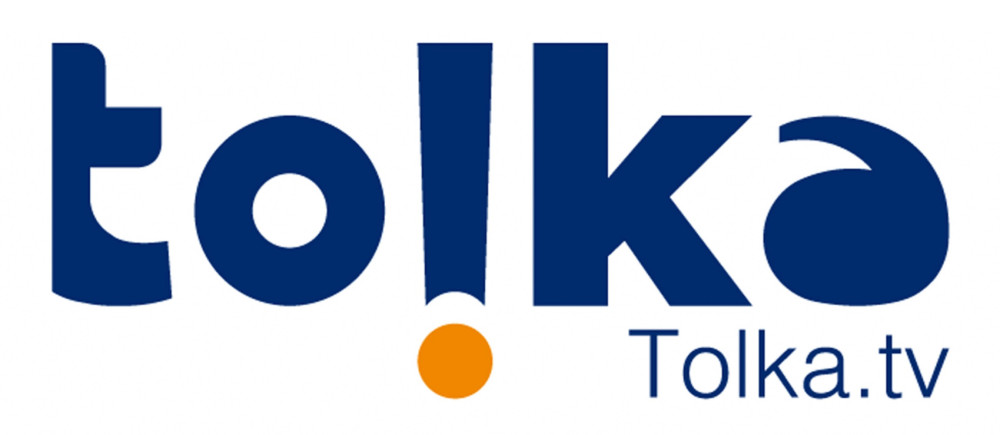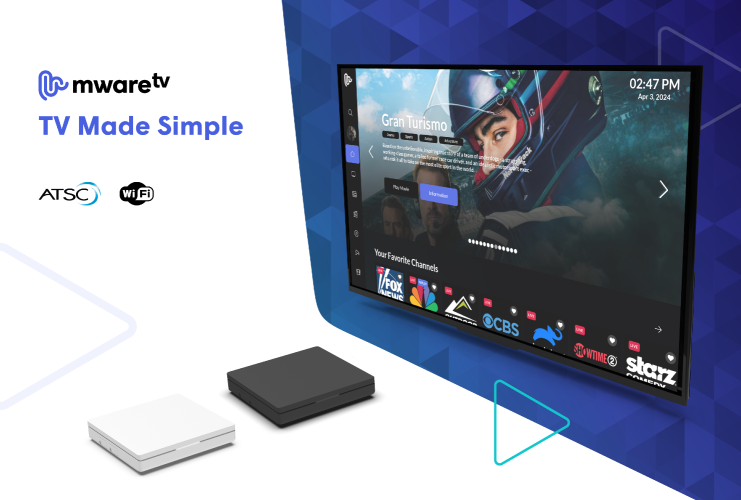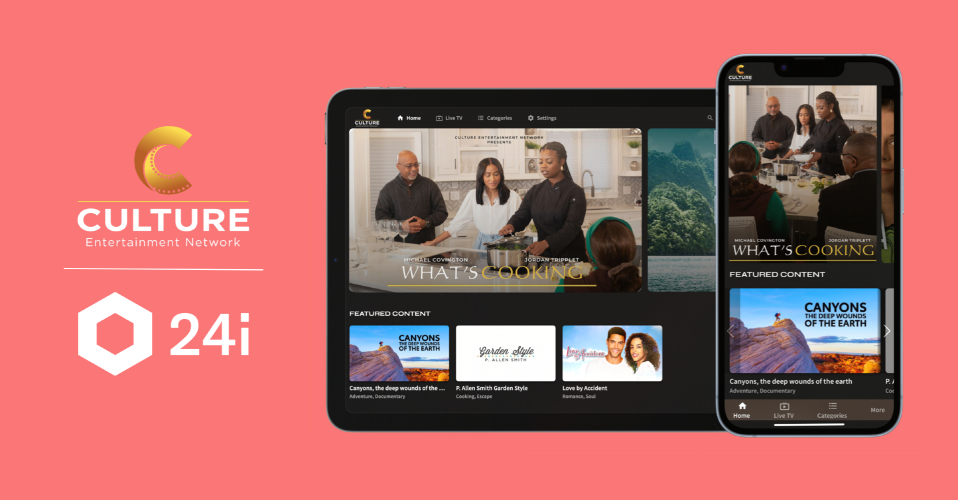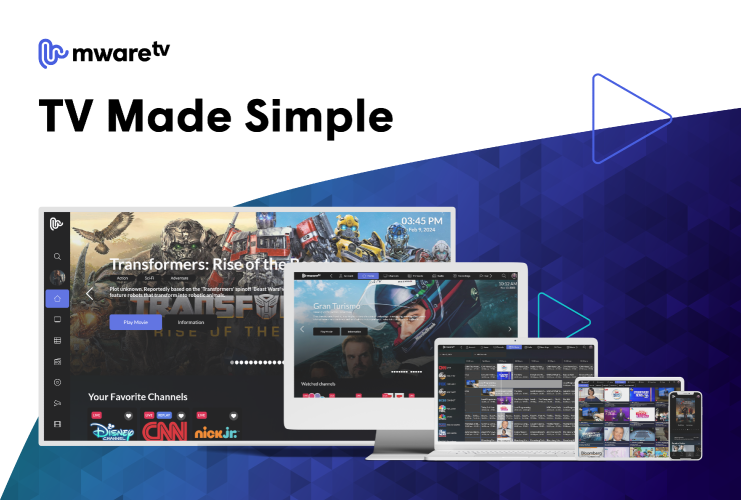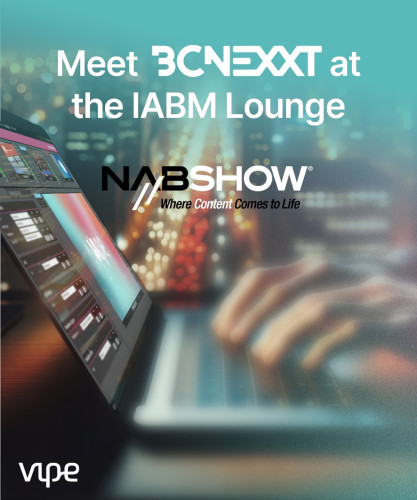by Nivedita Nouval Issue 90 - June 2014
What are the main equipment at stake in an OTT video delivery system?
An OTT video delivery system consists of an array of video servers that are able to store and stream content according to different formats defined by standards (e.g., HLS, HSS, HDS, and MPEG-DASH).
Traditionally, there is an origin server, located in the head-end, which references all of the VOD content and ingests the live TV channels. It features a massive amount of storage and has limited streaming capabilities.
Several edge servers are located closer to the end-users. They have a smaller storage capability but a much greater streaming performance.
A management system allocates the streaming requests to the right server, and allows operators to monitor the complete system.
Finally, an analytics server is generally used to gather information about the usage patterns of the system.
What are the benefits of using off-the-shelf hardware for these equipment?
There are numerous advantages to relying on off-the-shelf hardware for OTT video delivery. Because hardware vendors like IBM-Lenovo, HP or Dell are devoting continuous efforts to improve the performances of their appliances and to reducing their energy consumption, a technology provider who relies on these platforms can take advantage of these improvements at no cost and therefore focus their resources on the development of their own software.
Flexibility is another key benefit. Using off-the-shelf hardware, the purpose of hardware can be changed easily. For example, an encoder can be transformed into a streaming server or a streaming server into an analytics server, with the possibility of mixing the software vendors.
In addition, upgrades are easy. Generally, all thats required is a simple software reinstall as opposed to a costly hardware swap. This aspect of software empowers the service provider sourcing department by reducing the adherence to a specific CDN technology vendor.
Separating hardware and software also brings business flexibility, offering the possibility to dissociate the provisioning of the hardware and the delivery of the CDN software leading to faster system deployments.
Maintenance is made easier, as big providers are likely to have spare parts and dedicated local representatives for support.
In addition, a pure software approach allows specific workflow optimizations to extend the lifetime of the components, greatly reducing their wearing.
Eventually, the possibility of virtualizing a part or the totality of the system is only possible when a pure software approach has been adopted.
What does virtualization bring in the OTT video delivery field?
Deploying a CDN solution in a private cloud (i.e., a datacenter where an operator can provision blade centers, storage, processing power, and connectivity) has many benefits for operators.
The biggest benefit is costs savings in terms of hardware, of course, since resource sharing with other functions is possible. These functions can be related to content delivery (e.g., load balancing between different servers handling different formats, or between packagers and streamers) but can also extend to completely unrelated processes such as payroll or invoicing. In terms of energy and staff, it is much more efficient to manage a single IT infrastructure.
Another advantage is seamless growth management. Adding more storage or additional processing power can be achieved in just a few clicks. In comparison, sourcing dedicated hardware can take weeks.
System robustness is another benefit. Disaster recovery is a feature that comes naturally with the notion of cloud, with built-in capabilities for duplicating content. In case a virtual server fails, the sessions can be handled by another one.
Utilizing a private cloud-based CDN solution, operators can adopt a hybrid approach to OTT video delivery to where some components, like the management system and the analytics, as well as the On-Net streaming servers are kept in-house to maximize security and control while the streaming servers for off-net delivery are deployed outside the organization in the public cloud, closer to end-users for optimal performance.
In addition, virtualization platforms provide advanced monitoring tools that enable operators to natively supervise all the modules of the system.
Given the wide range of benefits offered by an off-the-shelf hardware and software approach compared with a proprietary hardware method, it is the superior solution for global OTT video delivery.











